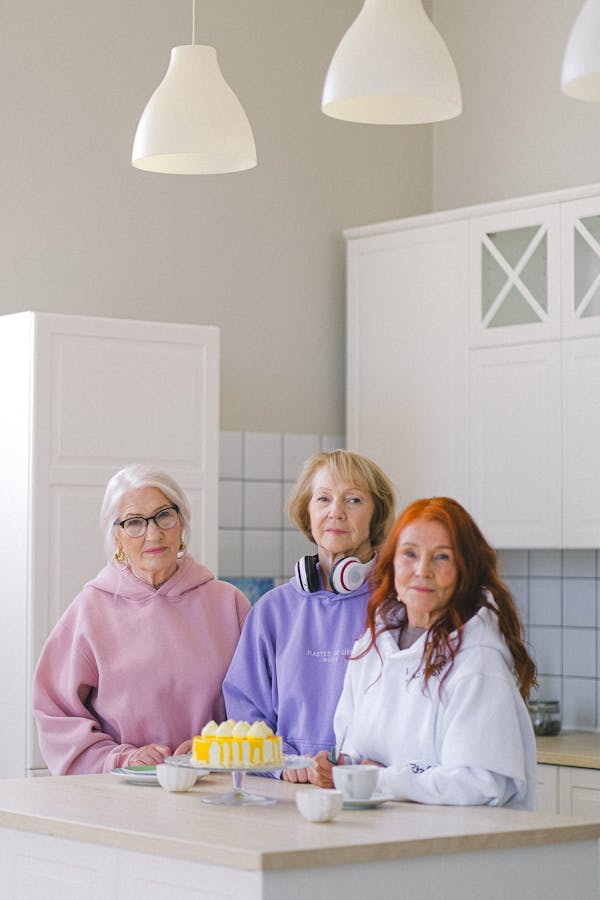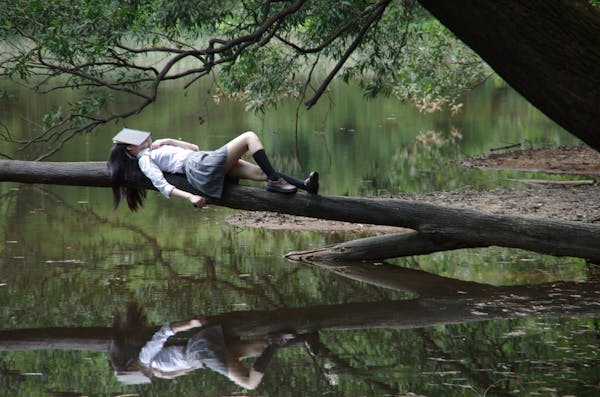
As a new parent, keeping your little one comfortable and dry is a top priority. One of the biggest challenges you’ll face is finding the right diaper that won’t leak or cause irritation. With so many different types of diapers on the market, choosing the best one for your baby can feel overwhelming. But don’t worry! In this blog post, we’ve got you covered with expert tips on how to keep your little one’s diaper leak-free and their bottom happy. From understanding the pros and cons of each type of diaper to picking the right size, we’ll guide you through every step to ensure that changing time is stress-free for both you and your baby. So let’s dive in!
The Different Types of Diapers
When it comes to diapers, there are several types to choose from. The most common type is the disposable diaper, which can be changed frequently and easily disposed of. However, these diapers can be expensive and contribute to environmental waste.
Cloth diapers are another option that has gained popularity in recent years due to their eco-friendliness and cost-effectiveness. They come in a variety of styles including prefolds, all-in-ones, and pocket diapers. With cloth diapers, you’ll need to invest in a washing routine but they often result in less irritation for babies with sensitive skin.
Hybrid or biodegradable options are also available on the market for parents who want a combination of convenience and sustainability. These types of diapers use materials that break down more quickly than traditional disposables while still providing absorbency.
No matter which type you choose, it’s important to consider your baby’s needs as well as your own lifestyle when making a decision. Some parents prefer one over the other simply because it works better for them and their family dynamic!
Pros and Cons of Different Types of Diapers
There are several types of diapers available in the market, and each one has its pros and cons. Let’s take a closer look at them.
Disposable diapers are probably the most commonly used type of diaper. They are convenient to use when traveling or on-the-go. However, they can be expensive in the long run, and they also contribute to landfill waste.
Cloth diapers have been gaining popularity among eco-conscious parents because they are reusable and reduce waste. They are also cost-effective in the long run. The downside is that cloth diapering requires more effort as you need to wash them regularly, which might not work for every parent’s lifestyle.
Biodegradable diapers combine elements from both disposable and cloth options. These eco-friendly options break down faster than traditional disposable ones but still require proper disposal methods.
Training pants serve as an intermediary step between regular diapers and underwear during potty training periods for toddlers. While it prepares children for transitioning out of diapers, some brands could result in leaks due to their construction design.
Ultimately, choosing which type of diaper depends on your family’s needs, budget constraints and preferences – there is no one-size-fits-all approach!
How to Choose the Right Size Diaper
Choosing the right size diaper is crucial for keeping your little one comfortable and leak-free. A diaper that is too small can be uncomfortable and cause leaks, while a diaper that is too big can also lead to leakage and may even pose a safety risk.
To choose the right size diaper, start by considering your baby’s weight. Most brands have sizing charts based on weight ranges, so use this as a starting point. However, keep in mind that every baby’s body shape is different, so you may need to experiment with different sizes before finding the perfect fit.
Pay attention to how snugly the diaper fits around your baby’s waist and legs. You want it to be snug enough to prevent leaks but not so tight that it leaves marks or restricts your baby’s movement.
If you’re unsure about which size to choose, consider buying a few diapers in each size range and trying them out at home. This way, you’ll be able to see firsthand which size works best for your little one.
Remember that choosing the right size diaper isn’t just important for preventing leaks – it’s also essential for ensuring your baby stays comfortable throughout the day or night. So take some time to find the perfect fit – both you and your little one will thank you!
How to Change a Diaper
Changing a diaper can be intimidating for new parents, but it’s an essential skill to learn. Here are some expert tips on how to change a diaper.
Firstly, gather all your supplies – clean diapers, wipes and a changing pad or towel. Choose a safe and comfortable place to change your baby – this could be a designated changing table or any flat surface with enough space.
Next, carefully remove the dirty diaper by gently lifting your baby’s legs and wiping away any poop or pee with wipes. Be sure to wipe from front to back for girls and boys alike.
Once you’ve cleaned up thoroughly, lift your baby up by the ankles and slide the clean diaper underneath. Make sure that the back of the diaper is above their bum crack and that it fits snugly around their waist without being too tight.
Fasten the tabs securely on each side of the diaper while making sure not to pinch your little one’s delicate skin in between them.
Remember that accidents can happen during changes so always keep an extra set of clothes handy!
Expert Tips on Keeping Your Little One’s Diaper Leak-Free
One of the biggest challenges parents face is keeping their little one’s diaper leak-free. It can be frustrating to constantly change wet clothes and bedding, but with a few expert tips, you can help prevent leaks and keep your baby comfortable.
Firstly, make sure that you are using the right size diaper for your baby. If the diaper is too big or too small, it will not fit properly and leaks are more likely to occur. Always refer to the manufacturer’s sizing chart for guidance.
Secondly, consider using a high-quality diaper brand that has been designed specifically for leak prevention. These diapers often have extra absorbency features such as double leg cuffs or elastic waistbands which provide a secure fit around your baby’s waist and legs.
It’s also important to remember that regular changes are essential in preventing leaks. A baby’s bladder fills up quickly so changing their diaper every two to three hours should be enough during daytime hours. At nighttime when they sleep longer stretches between feedings, check them regularly without waking them up fully.
Another tip is ensuring that your little one’s skin is clean and dry before putting on a new diaper especially after cleaning poop accidents (referencing newborn pee ans poop chart could make this easier). This helps reduce irritation on their delicate skin which could lead to uncomfortable rash problems resulting in possible leakage from constant movement of scratching while trying alleviate discomfort.
Always ensure proper positioning of the tabs – if these aren’t adjusted well enough tight-fitting then leakage becomes inevitable no matter how many other precautions were taken already! Also adjust any leg-ruffles or folds carefully since these areas tend leaking more often due incorrect fitting
By following these simple tips consistently and being mindful about keeping an eye out for any signs of discomfort or irritation in your child’s nappy area – by smelling bad odours frequently emanating from there – you’ll stay ahead of potential leak problems before they become bigger issues requiring extra time-consuming cleanup or medical attention.
Conclusion
Choosing the right type and size of diaper for your little one is crucial in ensuring their comfort and keeping leaks at bay. Remember to check for signs of discomfort or irritation on your baby’s skin as this may indicate a need to switch diaper brands or sizes.
Regularly changing your baby’s diapers and cleaning them properly also plays a significant role in preventing leaks. Don’t forget to use absorbent pads overnight, especially during the first few months when babies tend to pee more frequently.
With these expert tips, you can say goodbye to leaky diapers and hello to a happy, dry, and comfortable little one!




